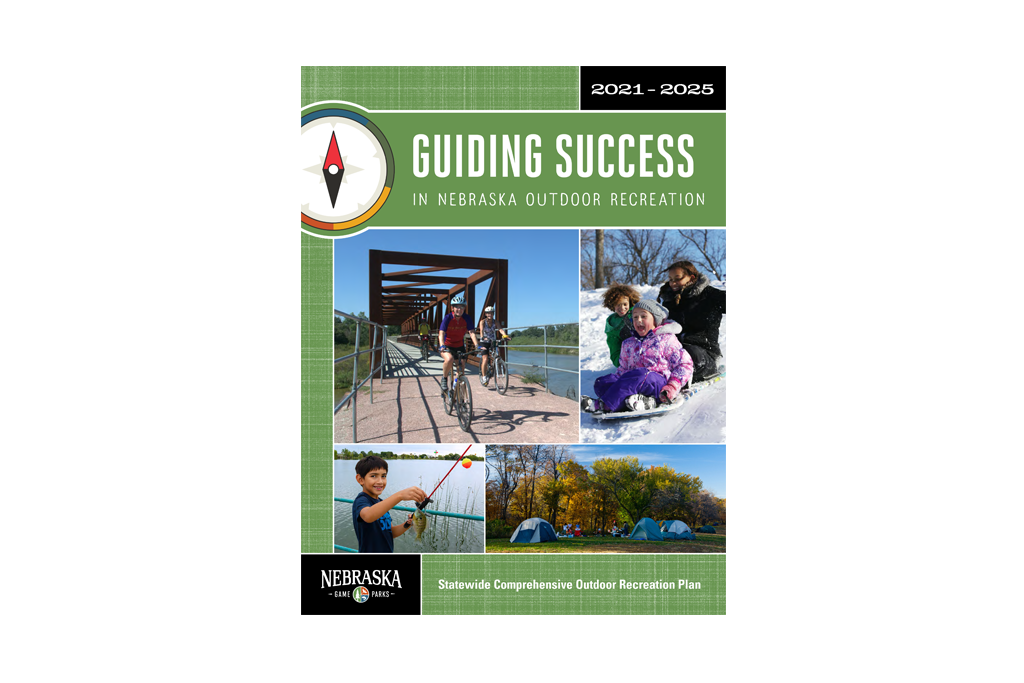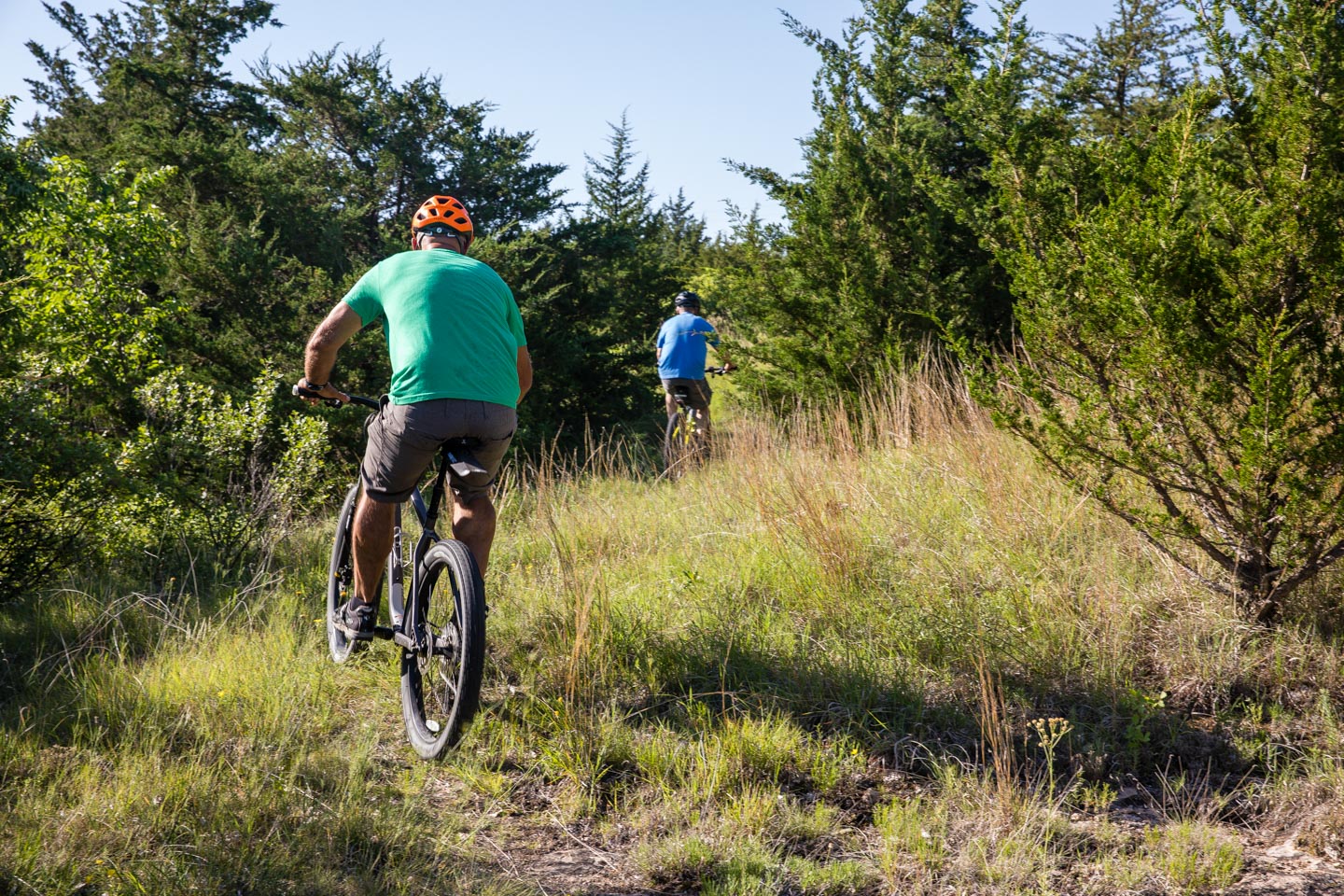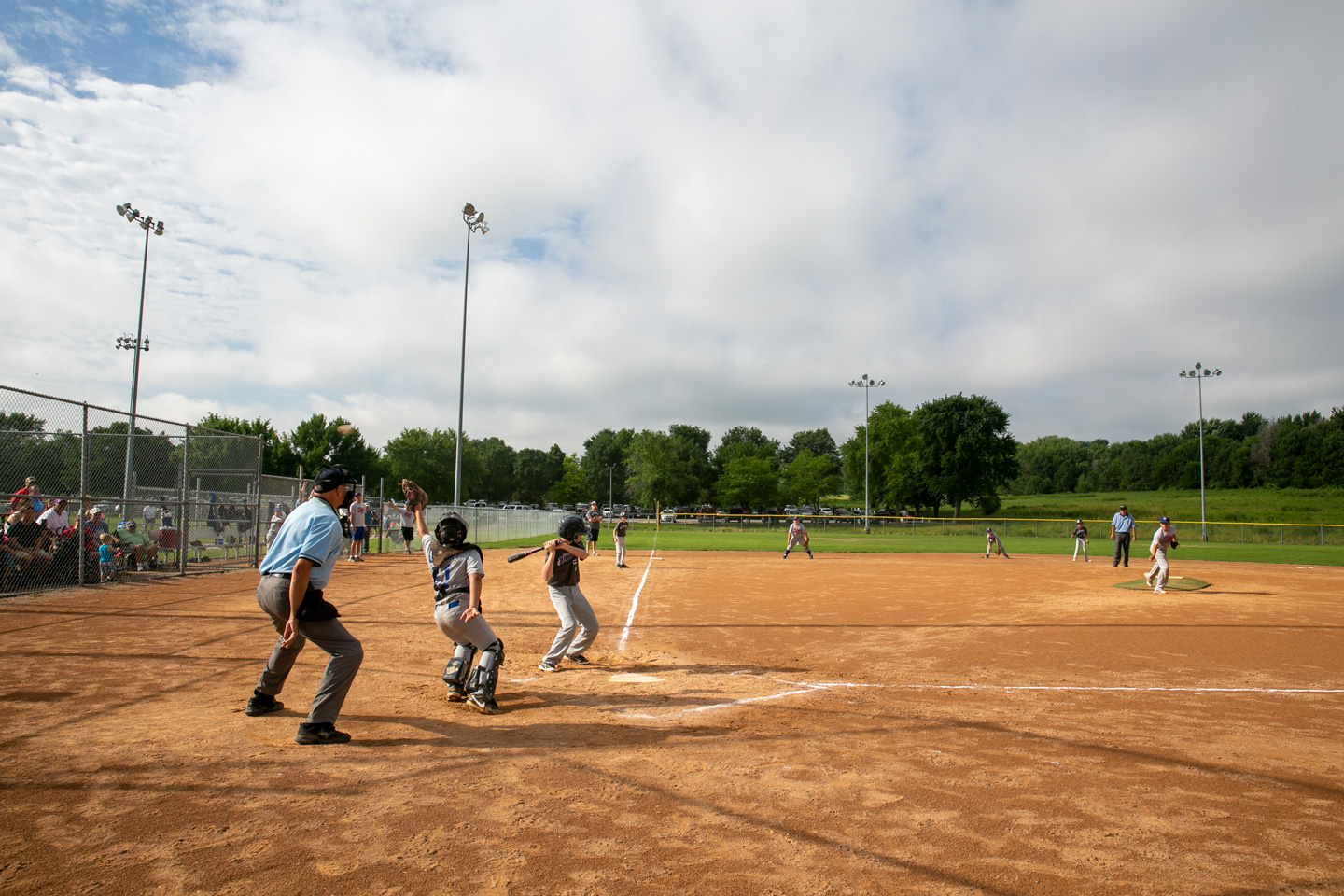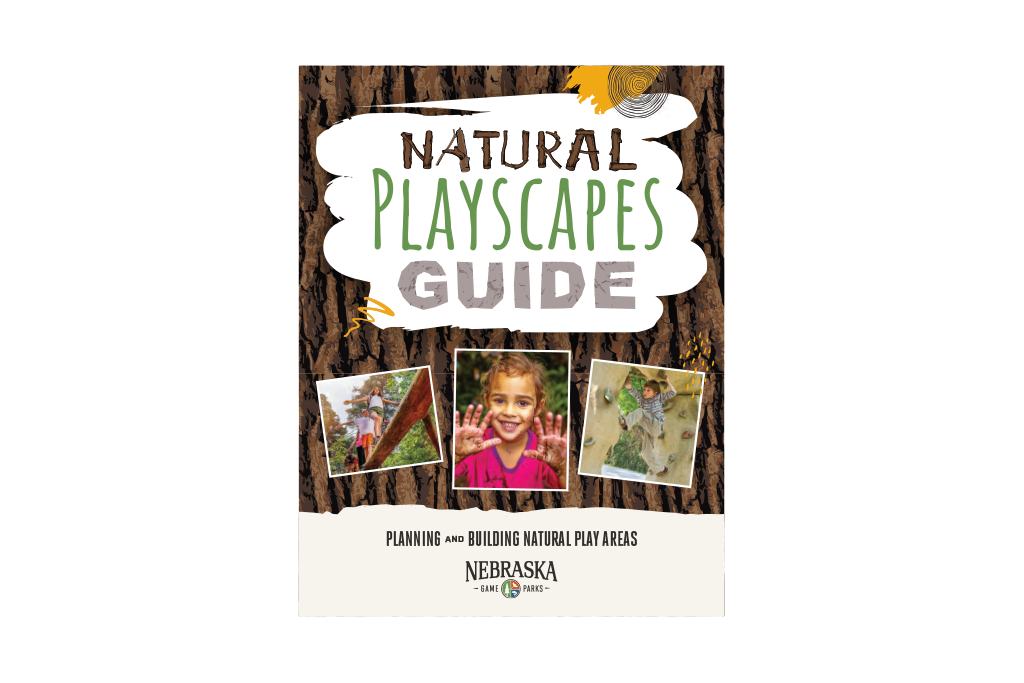Land and Water Conservation Fund
This grant program provides funding for community outdoor recreation projects across Nebraska.
The Land and Water Conservation Fund (LWCF) is a federal program that supports outdoor recreation in Nebraska by providing funding to eligible state and local government entities for acquiring, developing, and renovating parks, recreation areas and public lands.
The LWCF grant helps fund urban projects such as playgrounds, sports fields and aquatic centers. It also supports activities like hiking, camping, fishing and wildlife viewing, and ensures the ongoing preservation of green spaces for activities such as birdwatching, trail running and outdoor play. By improving recreational access and equity, the LWCF enhances outdoor opportunities for all Nebraskans, enriching the state’s recreational and environmental experiences.
Applying for Funds
2025 grant applications for the Land and Water Conservation Fund will open on Monday, May 5 at 8 a.m. CT and close on Friday, Aug. 22 at noon CT. Interested applicants can view the Grant Application Portal.
Eligible applicants:
- villages
- cities
- tribes
- public power districts
- natural resource districts
- political subdivisions, except for schools
- counties and state agricultural societies
Examples of eligible projects:
- playgrounds
- aquatic facilities
- picnic facilities
- recreational trails
- shelter houses
- ballfields/soccer fields
- tennis courts/multi-purpose courts
- restrooms (and other types of support amenities)
- fishing and observation docks
- ziplines and climbing walls
Funding parameters:
- Grant minimum: $75,000 (with a project cost of $150,000 minimum)
- Grant maximum: $600,000 (with a project cost of $1.2 million minimum)
Reimbursable expenses are limited to the period of performance, approximately a three-year period after award, with the exception of architectural or engineering fees. Design and cost estimation fees that occur three years prior to award can be reimbursed as a pre-award cost if included in the detailed project budget and noted as such in the application.
Land acquisition eligibility:
- Acquisition of land for outdoor recreation is eligible for fund assistance and is required to be developed within three years. Land can also be donated for development.
- Please seek guidance from the Game and Parks LWCF team on the land acquisition process.
The governing board of a political subdivision will be required to pass a resolution at a public meeting in addition to completing the application and supplemental documents. The application guide provides Game and Parks LWCF team contact information and covers general program information, project sponsor responsibilities, application questions, scoring information, and necessary attachments in one document.
The Game and Parks LWCF team would be happy to assist with any application or program requirement questions and discuss details about your project.
Additional application resources
- Fund assistance is restricted to public outdoor recreation facilities located on land owned or leased for 25 or more years by the project sponsor.
- All project elements must meet applicable building codes and a project sponsor should engage, if needed, professional assistance during the application stage to ensure codes are met and cost estimates are valid.
- Eligible project costs must be incurred during the period of performance which is determined following project approval from the National Park Service (approximately 9-12 months after the application window closes). (Please note the exception for pre-award costs as noted under funding parameters).
- The award is a reimbursable grant; therefore, project sponsors are expected to cover all costs until the project is closed.
- The project sponsor’s minimum 50% cost share may derive from cash, private donations, taxes, grants, bequests or from other political subdivisions. Often federal dollars cannot be used as match on LWCF projects.
- Section 6(f)(3) of the Act requires that all grant-assisted property be used and retained for public outdoor recreation uses in perpetuity. The project sponsor will be required to complete a conversion for any grant-assisted encumbered property that is no longer in outdoor recreation and/or open to the public. The conversion will occur at the project sponsor’s expense.
- All project sponsors must display a permanent recognition sign on the project site. Acknowledgement signs are available from Game and Parks LWCF team upon request.
The governing body of a political subdivision must assure the state and federal governments that it will commit both the financial resources to complete the project and operate and maintain the funded site in a setting that is both attractive and safe for public use.
The project sponsor will assure that all programs and facilities, where it is possible, are accessible to, and usable by, the disabled. The sponsor is also expected to keep facilities open for public use at reasonable times of the year.
Land and Water through Nebraska Game and Parks has given fund assistance on locally sponsored outdoor recreation projects in 89 of Nebraska’s 93 counties.
The Nebraska Unicameral, per statutes 37-904, 37-905 and 37-906, assented to the provisions of the LWCF Act to assist the state and political subdivisions. The statutes also designate the Nebraska Game and Parks Commission and staff to perform all such acts on behalf of the State of Nebraska to carry out the purpose and objectives of the Act.
The law also stipulates that 60% of Nebraska’s apportionment be made available to political subdivisions, while the Commission is authorized to use the remaining 40% on agency-sponsored projects. The Commission meets annually to consider staff recommendations for allocating the federal funds to various projects across the state.
Webinars
LWCF & RTP grants webinar
Interested in applying for a Recreational Trails Program or Land and Water Conservation Fund grants? Watch our recorded webinar from March 27, 2025, to learn more about RTP and LWCF grants and get helpful tips and instructions about the grant application process.
LWCF budget webinar
Looking for some guidance on submitting a budget for a Land and Water Conservation Fund grant in Nebraska? Watch this webinar for some tips and insights.
Outdoor Recreation Guide
Use the following resources when planning for outdoor recreation or when preparing your application.

State Comprehensive Outdoor Recreation Plan
The 2021-2025 Statewide Comprehensive Outdoor Recreation Plan is a resource for Nebraska communities and recreation professionals planning for outdoor recreation. SCORP evaluates the supply and demand for outdoor recreation opportunities and summarizes state and regional demographics. It also provides guidance on future development of park lands through the goals and Land and Water Conservation fund priority projects. Communities and outdoor recreation professionals are encouraged to use the data and guidance within the plan to guide their outdoor recreation planning efforts over the next five years.
Sign up for our newsletter
If you would like to receive via email the monthly LWCF Newsletter that covers announcements as well as deep dives into various topics, please email shari.sorenson@nebraska.gov.
Contact us
If you have questions or comments about LWCF projects, please contact our Recreation Grants Administrator, Shari Sorenson.



